My husband and I were sitting at a table in a little Berlin restaurant.
While cooking dishes for us, the owner of the restaurant spoke to us politely. “Where are you staying?” he asked. My husband named the hotel. I attempted to clarify “Just next to the white building looking like…” I couldn’t find the exact word. A flower? Absolutely not. Maybe, a “crown”?
Only the following day I managed to guess what the spectacular construction resembles — a circus tent.
Why the Tempodrom has such an Original Shape
The story of the unusual building is as surprising as its appearance.
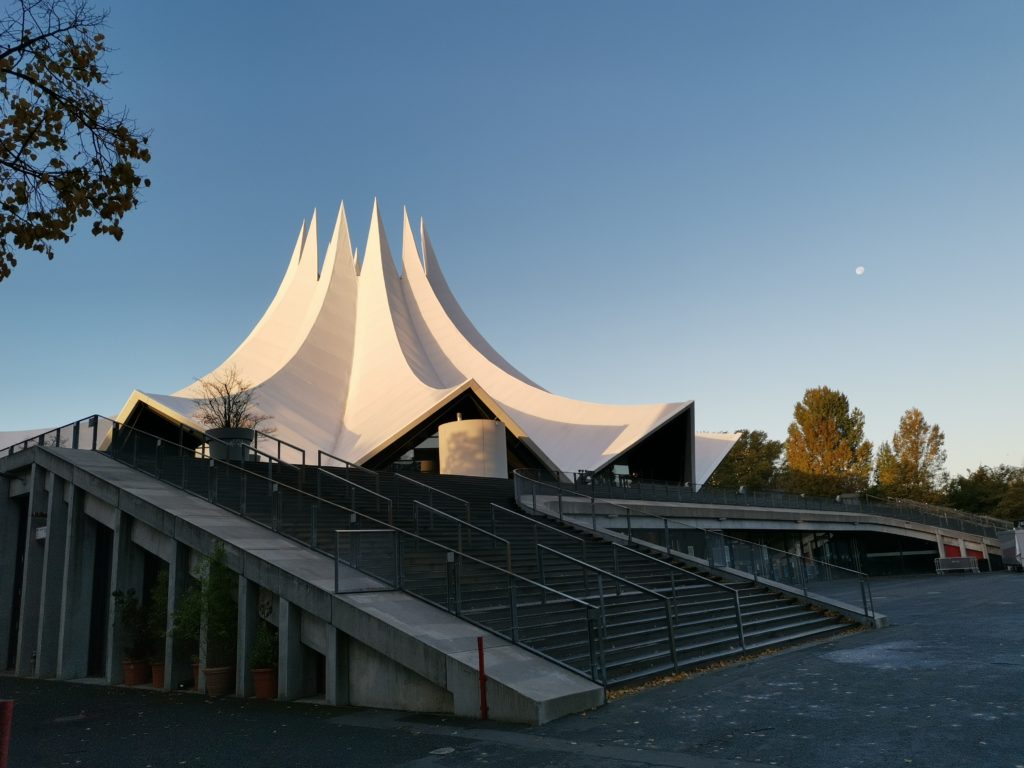
In 1980, the nurse Irene Moessinger became a rich heiress: Irene’s father left her an 800,000 mark inheritance. The woman spent all the money on fulfilling a lifelong dream. She purchased a circus tent, set it on Potsdamer Platz, and opened a venue there. This was the first version of the Tempodrom.
The new concert space welcomed different performers including underground music bands; it quickly earned fame. In addition to concerts, the Tempodrom hosted many other events — sports competitions, theatrical performances, festivals, and conferences.
Some time later, noise complaints required that Miss Moessinger move her tent. The Tempodrom was relocated to the spacious park Tiergarten.
Several more years passed; the construction of the government district was started nearby. The Tempodrom had to make way for it.
After another move, Irene Moessinger decided to provide her venue with a solid, stable location.
She established the foundation Stiftung Neues Tempodrom, and the foundation organized construction work at the site of the former terminus Anhalter Bahnhof in Kreuzberg.
Оnce an important railway station, Anhalter Bahnhof was severely damaged during World War II, and finally closed for traffic. By 1999, its ruins had been almost completely demolished. Only a section of the terminus façade survived (and is still standing to this day).
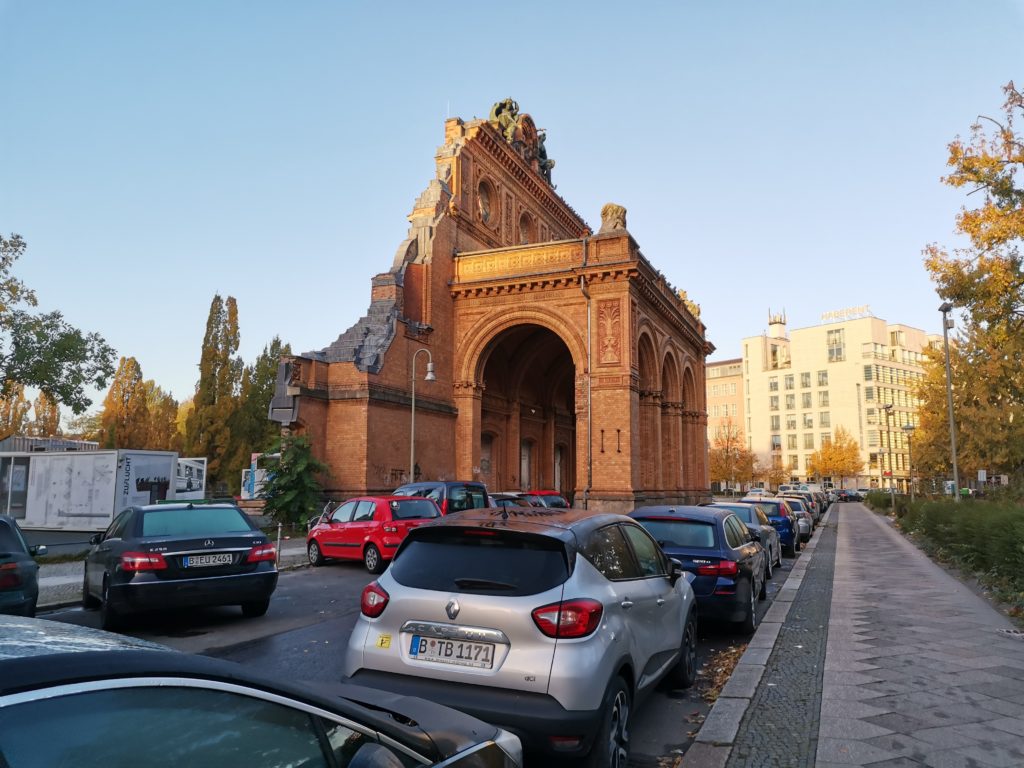
The Tempodrom was erected in the center of the large empty area. Miss Moessinger wanted the building to echo the shape of the original circus tent.
The firm of von Gerkan, Marg und Partner (GMP) developed the design of the bold project.
Despite state support, the construction expenses turned out to be too burdensome for the Stiftung Neues Tempodrom. The building was completed at a cost of nearly $36 million, over twice the initial budget. Irene Moessinger and her foundation faced serious financial difficulties that eventually led to the sad ending to her story — bankruptcy.
In 2010, the huge concrete tent was bought by the Bremer KPS Group. The Tempodrom remained a multi-purpose event venue.
An Architectural Wonder
The Tempodrom rises behind the fragment of the old terminus and the football field nearby like a fantastic cathedral. Its 35-meter high roof consists of both sharp edges, pointing happily towards the sky, and softly contoured planes.
White and visionary, this building is reminiscent of expressionist architecture which was on trend in the beginning of the last century.
The area of the Tempodrom reaches 12,500 m2. It accommodates three performance spaces — namely two circular arenas and the Liquidrom, as well as a bar.
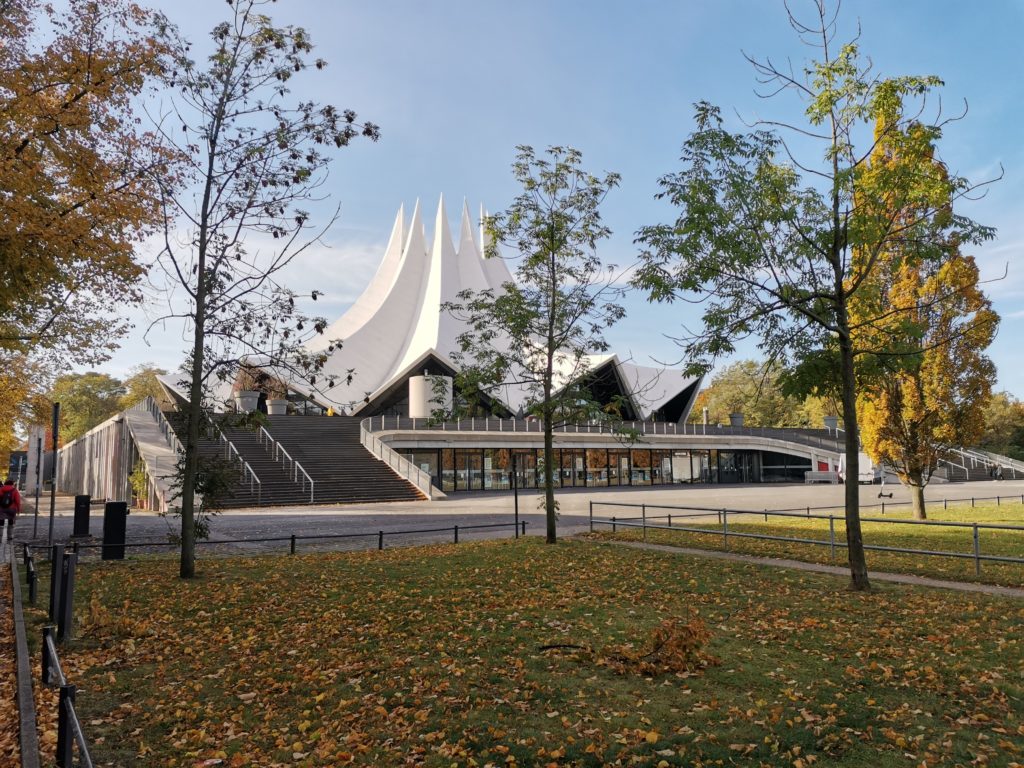
The arenas are located right under the top of the construction. They are illuminated by daylight — it enters into the interior through the glazed opening in the roofing.
The Liquidrom is a special feature of the Tempodrom. Here, music lovers can combine listening to nice compositions with lying in lukewarm salt water.
A Reliable Landmark for Absent-Minded Tourists
Thanks to the Tempodrom, life in the vicinity of the former Anhalter Bahnhof is in full swing again.
This venue holds around 180 events a year and their level is quite impressive. Many world famous stars like Kylie Minogue and Iggy Pop have given concerts in it.
On that day, when I approached the building in order to get a better look at it, something interesting was going to start in the Tempodrom too — people were slowly walking around or standing with telephones at the entrance.
The Tempodrom not only animated these places but also took over the role of an object arranging the space around it. It serves as an unmistakable landmark in the heterogeneous urban landscape — I know this from my own experience.
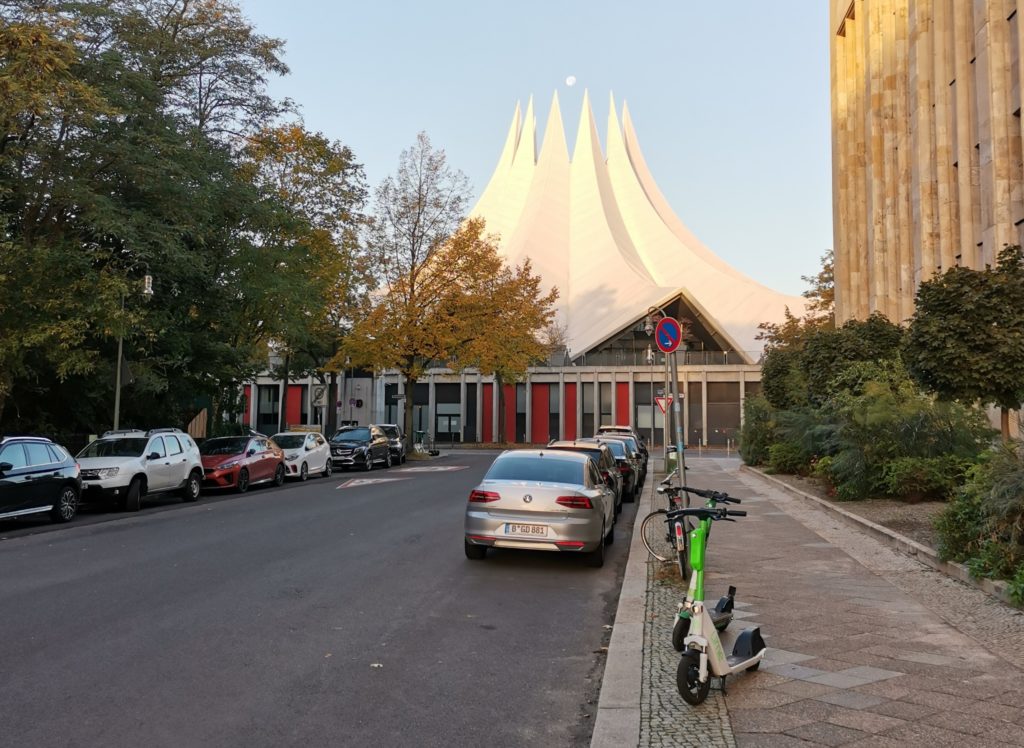
After admiring the Tempodrom, I went to the city center. Berlin fascinated me; I got lost soon. The Tempodrom helped me find my way back: passers-by willingly explained to me how to get to big concert venue in the shape of a circus tent.
I saw a white tent from afar and nodded to it as if it was my good friend.
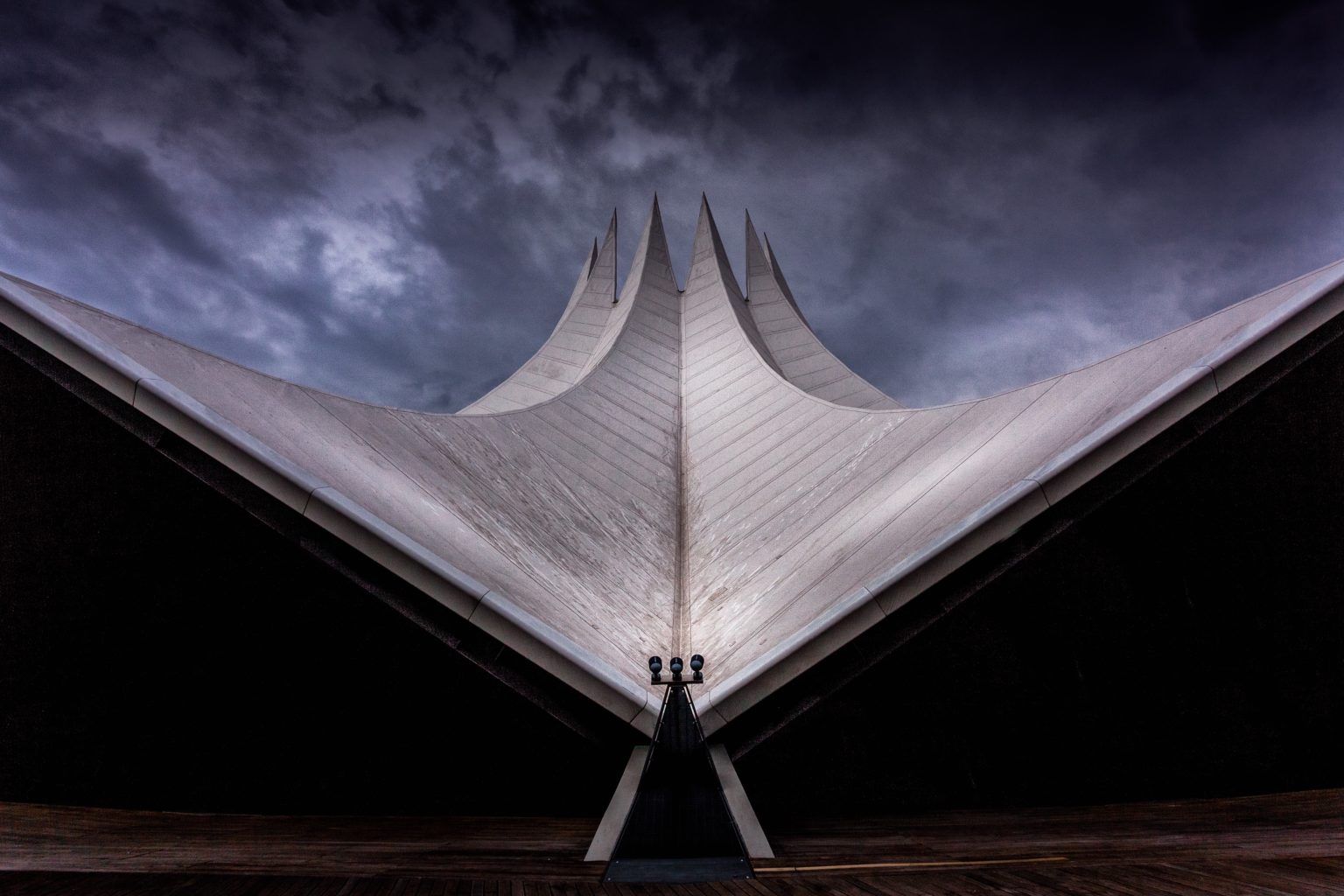

Excellent realistic story,!